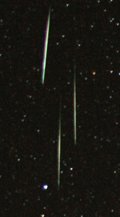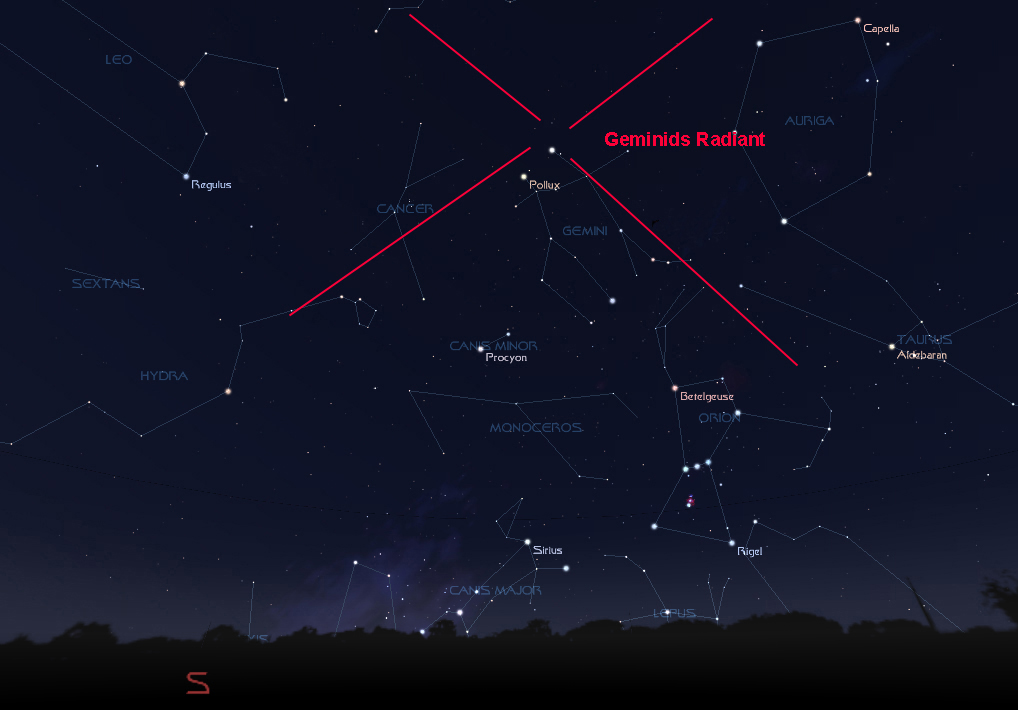
It’s time for another Sky Event. (Dec. 13)
Tonight, if the skies are clear, those who are hearty enough to brave cold weather might have a real treat in store. Tonight is an annual meteor shower that is only increasing in intensity.
Before the Civil War, the meteor shower was sort of a dud. For starters, who wants to go out in the cold to watch the night skies? Over time, however, this meteor shower has only increased in intensity. According to nasa.gov:
The Geminids are not typical meteors, also known as shooting stars. Most meteors are created when tiny particles from comets slam into the Earth’s atmosphere and disintegrate. Meteors fly through the sky every night, and when there are a lot, they are called meteor showers.
The Geminids are among the few meteors created from an asteroid, Cooke said. Several hundred or perhaps a few thousand years ago — scientists aren’t sure when — something caused what is now known as the 3200 Phaethon asteroid to start spewing debris. Perhaps something hit it. No one knows.
“The Geminids are kind of mysterious in that regard,” Cooke said.
What isn’t a mystery is the arrival of the Geminids each December. They are in different places in the sky, depending on the time and location. From about 9 p.m. until after midnight Sunday, look to the northeast.
The Geminids radiate near the constellation Gemini. At around 10 pm, locate the constellation Orion. Then look above Orion and to the left. Hopefully you will see at least 2-3 ‘shooting stars’ per minute. We could be getting a real light show tonight, or, if skies remain cloudy like they are Sunday morning, we could see nothing. It is all a crap shoot at this point.




